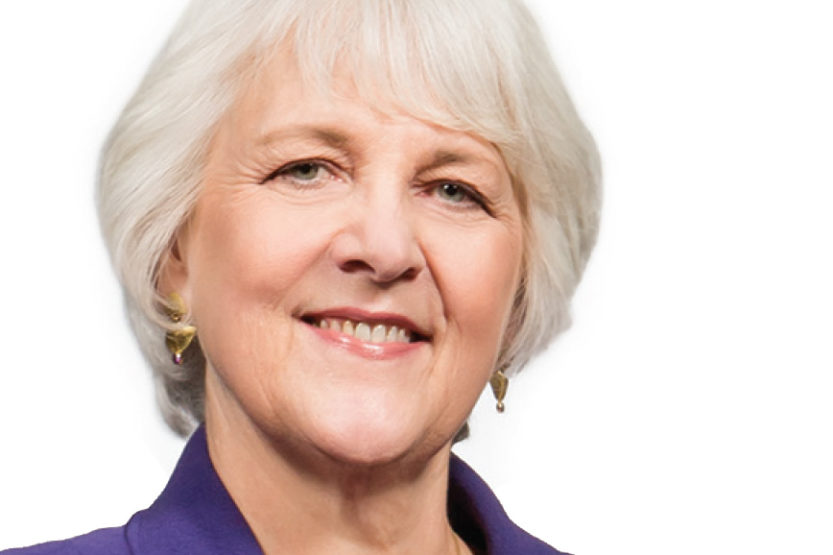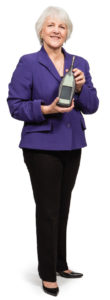In Class: Hearing Enhancer
 Speech and Hearing Science professor Karen Kirk. (Image by L. Brian Stauffer)
Speech and Hearing Science professor Karen Kirk. (Image by L. Brian Stauffer) One of the things that attracted me to the Dept. of Speech and Hearing Science was the opportunity to do translational research. We have faculty members who come from a wide variety of backgrounds—neuroscience, engineering, linguistics, speech and language science, hearing science—focused on work that will address the challenges of people with communication disorders.
A cochlear implant is an auditory prosthesis for people who are severely to profoundly hearing-impaired. Originally, these implants were designed for people who were so deaf, they could only feel the sound that is amplified by a hearing aid. Cochlear implants change sound to electrical signals that are sent across the skin to an electrode array that’s placed in the inner ear [the cochlea]. The electrodes are stimulated, which causes information to be sent to the auditory nerve and then on to the brain, where people process it.
Cochlear implants are not like eyeglasses, where you put them on and your vision is 20/20. The signal is still quite distorted, compared to what a typical-hearing person would perceive.
Post-lingually deaf adults [who had normal hearing and lost it] say the speech they hear from cochlear implants sounds like Mickey Mouse. And it takes some getting used to. But it’s not at all uncommon for them to say after a month or two, “Oh, it sounds like what I remember speech sounds like.” The brain adapts to this novel signal, and people do quite well.
I started in the area of cochlear implants in 1981, working with Dr. William House of the House Ear Institute in Los Angeles. The originator of the House/3M cochlear implant, House wanted to start giving children these implants. I was a speech and hearing therapist working as part of his team, evaluating children before they got cochlear implants and at regular intervals thereafter.
After I got my Ph.D. in hearing science, I worked at Indiana University School of Medicine for 12 years as director of its cochlear implant research program. My research was geared toward understanding the benefits children receive from these implants.
Before cochlear implants, severely to profoundly hearing-impaired kids would try to learn spoken language. However, they received so little information from a hearing aid that the experience was very challenging. And they themselves produced speech that was difficult to understand because they didn’t hear it normally.
Now children with cochlear implants are developing speech and language much like their peers do. In fact, the majority of them are now educated in mainstream schools. It’s a miracle.
While attending the 10th Asia Pacific Symposium on Cochlear Implants in China, I was asked to be a keynote speaker. In attendence were surgeons, educators, speech pathologists and audiologists from all over the world. It was interesting to see how widespread cochlear implantation is and the impact it has had.
Edited and condensed from an interview conducted on May 7, 2015.


